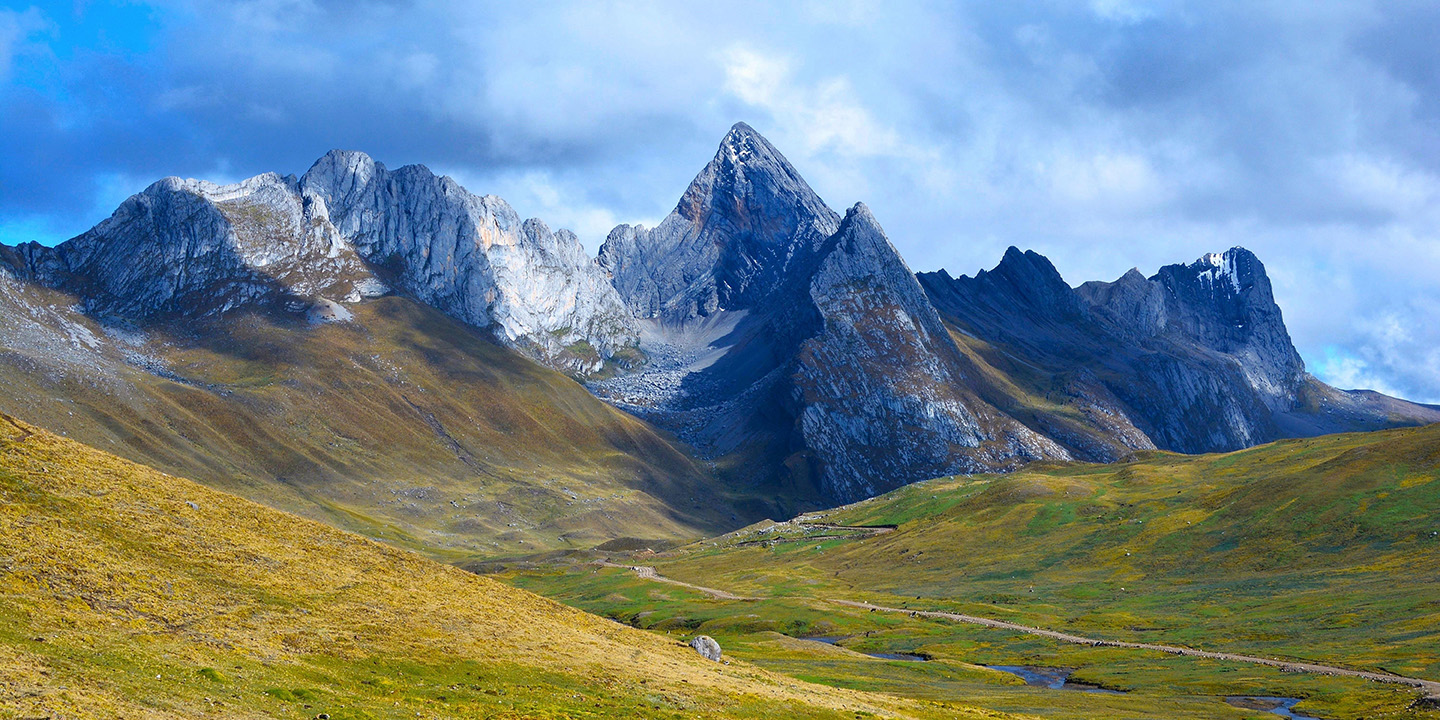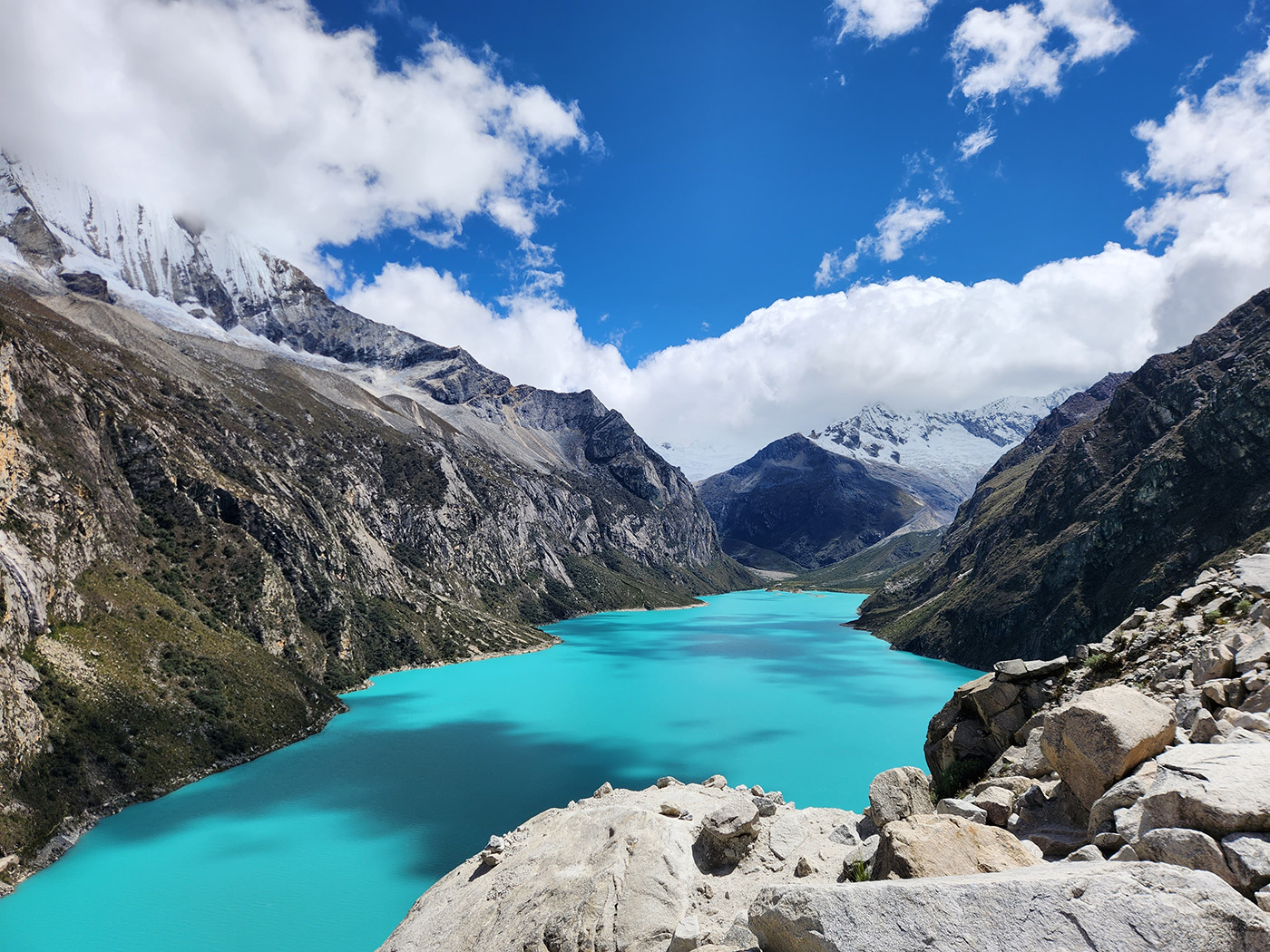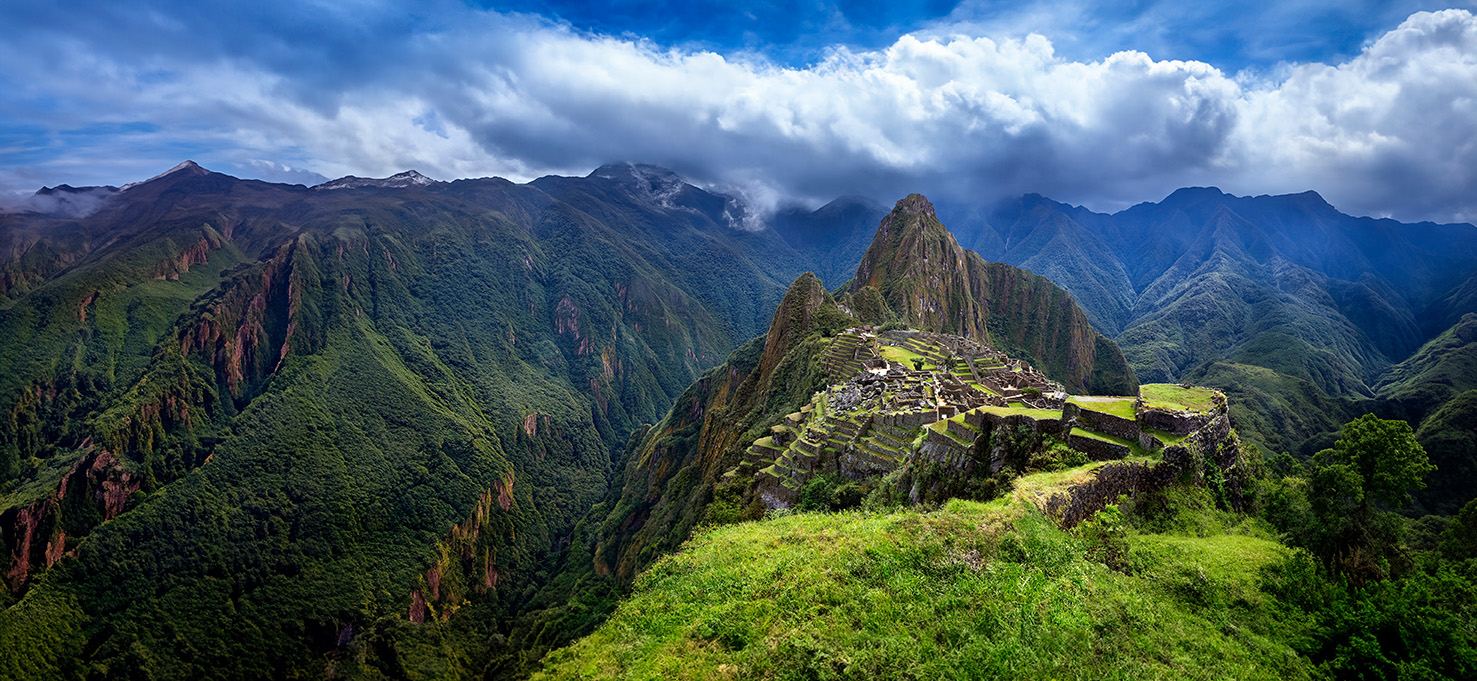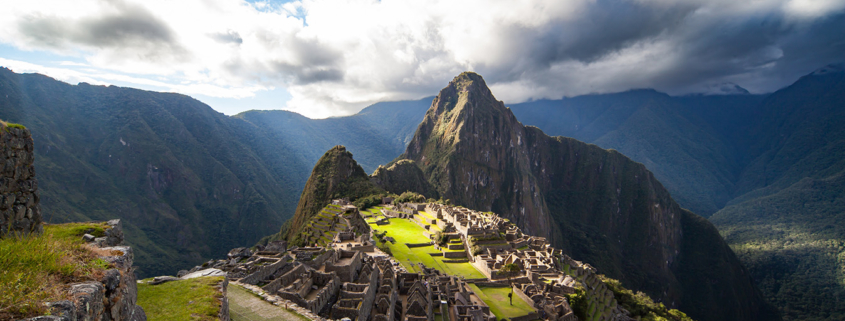The Smart Traveler’s Guide To Altitude In Peru
In this guide, discover the elevations of different places in Peru, how altitude changes can affect one’s body, and strategies to navigate elevated places safely.
Understanding Altitude: Overview
Altitude is the height of a geographic point, typically measured in meters or feet above sea level.
A place’s altitude, or elevation, affects its climate, weather, and oxygen level. The higher a place is, the lower its barometric pressure. Lower atmospheric pressure lets the molecules in gases (air) expand, reducing the density of oxygen molecules in each breath.
Low oxygen density cools temperatures and can also cause altitude sickness.
What Are The Altitudes of Popular Destinations In Peru? Elevations At A Glance
Peruvian places at higher elevations require certain precautions from travelers. Consider the altitude of Peru and its most popular locales.
- Peru Elevation Range: Sea-level – 6,768 m (22,205 ft.)
- Avg. altitude: 1,555 m (5,102 ft.)
- Peak altitude: summit of Huascarán
- Arequipa Elevation Range (Region): 2041 m (6696 ft.) – 6,305 m (20,686 ft)
- The altitude of the city of Arequipa, the region’s capital, is 2,335 m (7,661 ft).
- The Arequipa region’s highest point is the peak of the dormant volcano Coropuna.
- Machu Picchu Elevation Range: 2430 m (7972 ft.) – 3,082 m (10,111)
- The Sacred Valley Elevation Range: 2,050 m (6,730 ft.) – 3,400 m (9,800 ft.)
- The average altitude of The Sacred Valley is 2,800 m (9186 ft) above sea level.
- Urubamba Elevation Range (Region): 2,792 m (9,160 ft) – 5,530 m (18,143 ft.)
- The altitude of the city of Urubamba is 2,870 m (9,420 ft.) above sea level.
- The lowest altitude place in Urubamba province is the city of Ollantaytambo.
- La Rinconada Elevation: 5,100 m (16,700 ft; 3.2 mi)
- The town of La Rinconada, Peru, is the highest permanent human settlement on Earth.
- Lima Elevation Range: 154 m – 161 m (500 ft.- 528 ft.) above sea level.
- Lima, Peru’s elevation does not induce altitude sickness.
- It’s typically imperceptible.
- Cusco Elevation Range (Region): 532 m (1745 ft) – 4,801 m (15,751 ft)
- The altitude of Cusco, the capital city of the Cusco region, is 3,399 m (11,152 ft)
The altitude difference between Cusco and Lima is 3238 m (10,624 ft).

Understanding Altitude Sickness: Definition, Risks & Symptoms
Altitude sickness happens when a person’s body struggles to adapt to the decreased oxygen density and lower air pressure at higher altitudes. The most common type is acute mountain sickness (AMS).
AMS can occur at elevations as low as 5,000 ft., though it’s more common at 8,000 ft. or higher.
Almost everyone experiences AMS at heights of 11,000 ft. or greater.
Signs & Symptoms of Altitude Sickness
AMS typically onsets during the first day of increased elevation. Common symptoms include:
- Headache
- Fatigue
- Dizziness
- Vertigo
- Nausea
- Low appetite
- Insomnia or disrupted sleep
Note: neurological symptoms (confusion, seizures, etc.) are NOT signs of AMS. Learn more in the section, “In Case Of Altitude Sickness Emergency (Peru)”

How To Reduce The Risk Of Altitude Sickness In Peru
Preparation
Take the following steps to prepare for the altitude increase before ascent:
- Stay well-hydrated
- Practice deep, calm breathing
- Start taking acetazolamide 24 hours prior
Do not smoke, drink, or eat heavy meals for 3 days prior.
Acclimation
Acclimation is key to preventing AMS or limiting its severity.
Human bodies acclimate to higher altitudes by producing more red blood cells.
This makes it easier to distribute oxygen throughout the body, even though each inhaled breath is less oxygen-rich. It also prevents cell waste (bicarbonate) from building up in the blood or lungs.
Once you reach 8,000 ft., limit daily ascent to 1,000 ft or fewer. Sleep 8+ hours nightly. Plan full rest days.
How To Treat Altitude Sickness In The Andes Mountains
Mild Altitude Sickness (AMS) Treatment
Acute mountain sickness symptoms are typically treated with steroids like dexamethasone or NSAIDs to reduce inflammation or swelling.
However, only two treatments work for AMS itself:
- Descending to a lower altitude
- Resting, to allow your body time to adjust to the new atmosphere
Mild AMS lasts 1-3 days.
Treating Moderate, Serious Altitude Sickness (AMS)
When AMS symptoms are moderate or serious, but not as severe as an emergency, treatment with supplemental oxygen is key.
Moderate, serious AMS symptoms include:
- Mild shortness of breath
- Blood oxygen saturation between 89%-94%
- Disruptive or debilitating AMS symptoms, previously listed
Many hotels at high altitudes in Peru, like the JW Marriott in Cusco, offer oxygen-enriched rooms to help guests adjust more comfortably. Rooms are also equipped with personal supplemental oxygen tanks.
Supplemental oxygen and rest are recommended when blood oxygen saturation is 89%-94%.
Blood O₂ saturation below 89%, particularly with other HAPE symptoms, is an emergency.

In Case Of Altitude Sickness Emergency (Peru)
Two altitude sickness conditions are severe enough to be fatal: High-Altitude Pulmonary Edema (HAPE) and HACE (High-Altitude Cerebral Edema).
These edema conditions mean the lungs or the brain have become too oxygen-deprived, and they’ve started swelling dangerously. Signs of HACE include:
- Confusion
- Disorientation
- Drowsiness
- Seizures
- Impaired coordination
- Vision loss
- Odd flashes of light (photopsias)
- Lingering “floaters” in vision
Biometric indicators of HAPE include:
- Resting heart rate ≥ 95 beats pm
- Respiratory rate ≥ 21 breaths pm
- Initial ventilation increase of ≤ 10% in response to altitude
- Blunted hypoxic ventilatory response (HVR)
Seek immediate medical treatment. Connect the sick person to supplemental oxygen. They may need immersion in a portable, pressurized hyperbaric chamber (a Gamow bag).
Be sure to secure access to emergency medical services before traveling to Peru.
Explore Peru Safely With Caravan
Caravan’s 8-Day Tour of Peru With Machu Picchu offers guests an extraordinary journey across Peruvian highlands.
Call our team toll-free at 1-800-227-2826 to book your spot, or +1-312-321-9800 to learn more.
